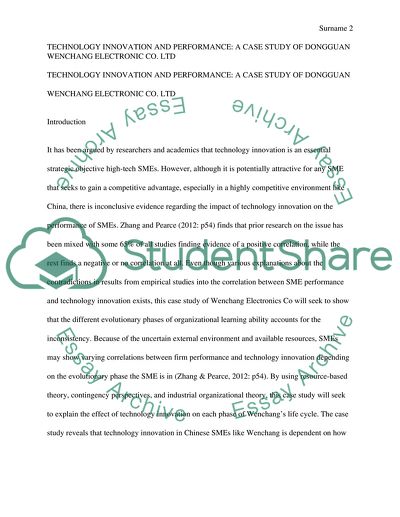Cite this document
(How Does Technology Innovation Effect The Performance of SMEs in China Case Study, n.d.)
How Does Technology Innovation Effect The Performance of SMEs in China Case Study. Retrieved from https://studentshare.org/technology/1835728-how-does-technology-innovation-effect-on-the-performance-of-smes-in-chinacorrelation-analysis
How Does Technology Innovation Effect The Performance of SMEs in China Case Study. Retrieved from https://studentshare.org/technology/1835728-how-does-technology-innovation-effect-on-the-performance-of-smes-in-chinacorrelation-analysis
(How Does Technology Innovation Effect The Performance of SMEs in China Case Study)
How Does Technology Innovation Effect The Performance of SMEs in China Case Study. https://studentshare.org/technology/1835728-how-does-technology-innovation-effect-on-the-performance-of-smes-in-chinacorrelation-analysis.
How Does Technology Innovation Effect The Performance of SMEs in China Case Study. https://studentshare.org/technology/1835728-how-does-technology-innovation-effect-on-the-performance-of-smes-in-chinacorrelation-analysis.
“How Does Technology Innovation Effect The Performance of SMEs in China Case Study”, n.d. https://studentshare.org/technology/1835728-how-does-technology-innovation-effect-on-the-performance-of-smes-in-chinacorrelation-analysis.


